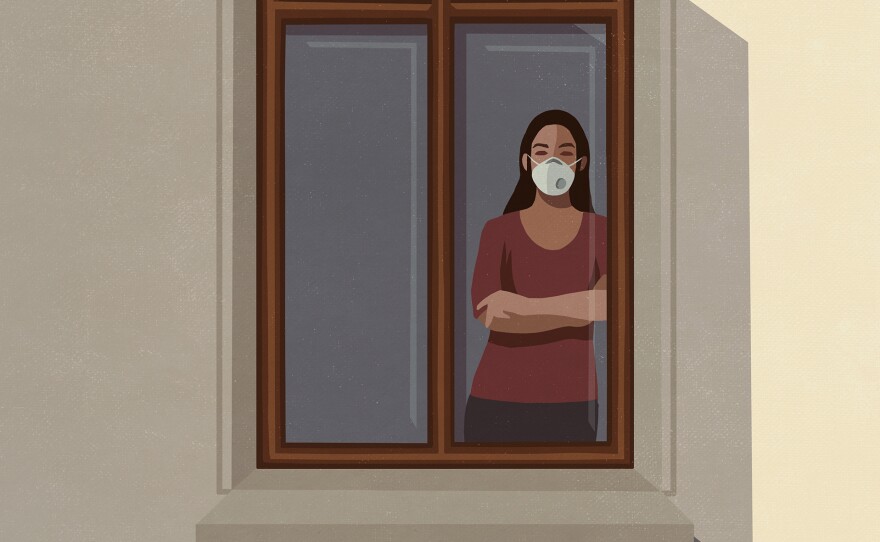COVID-19 has now killed more than 148,000 people in the U.S. On a typical day in the past week, more than 1,000 people died.
But the deluge of grim statistics can dull our collective sense of outrage. And part of that has to do with how humans are built to perceive the world.
"With any kind of consistent danger, people get used to situations like that," says Elke Weber, a professor of psychology and of energy and the environment at Princeton University. "When you live in a war zone, after a while, everyday risk becomes just baseline. Our neurons are wired in such a way that we only respond to change. And any state that's constant basically sort of gets washed out."
She says that's what's happening now with the coronavirus pandemic.
"People have just gotten used to being in this new state of danger, adapting to it, and therefore have not taken enough precaution anymore," she says in an interview on All Things Considered.
Here are excerpts from the conversation.
During a war, it's clear who the enemy is, who the humans are that we are fighting against. But during a pandemic, is the sense of the enemy vaguer, and therefore the toll that that enemy is taking on a society isn't as clear cut?
Absolutely. I think that what you said is so true in so many different ways. One of them is that with COVID we're dealing with a small virus. This tiny enemy is also something that we as individuals can't really fight until we have a vaccine and we have to fight it with science. And so our usual protection mechanisms don't kick in.
And then on top of that, also, if you think about who is the enemy in terms of actions that bring about death, in many ways — and this is in that sense very similar to climate change — the enemy is us. So absolutely, I think it's very different from other situations where we might want to kick into protective action, because we're not quite sure what we want to protect ourselves against.
So how do we make these just astronomical statistics resonate more with people?
One thing is just that people are not very good with large numbers. We don't discriminate between 150,000 or 300,000 or 3 million.
And so to put it into a context where people again can imagine what it means — like to have the probability of dying of COVID — can be very helpful. One in 2,000 Americans has died already. Now, most of us know 2,000 people, or we live in towns that are multiples of 2,000. We can imagine how many people would have died in our town, in our acquaintances. That's one very good way of doing it.
The other one would be to say, well, what towns and cities in the U.S. has COVID wiped out at this point? And if you live in New Jersey, Paterson, N.J., is gone. It has a population of 145,000.
If you want to put into New York context, Syracuse, N.Y., is gone, wiped out, a whole town, city wiped out by the virus. Pasadena, Calif., is gone. Dayton, Ohio; Waco, Texas. So depending on where you are, making it local and making it concrete, I think can really help.
Copyright 2020 NPR. To see more, visit https://www.npr.org.






